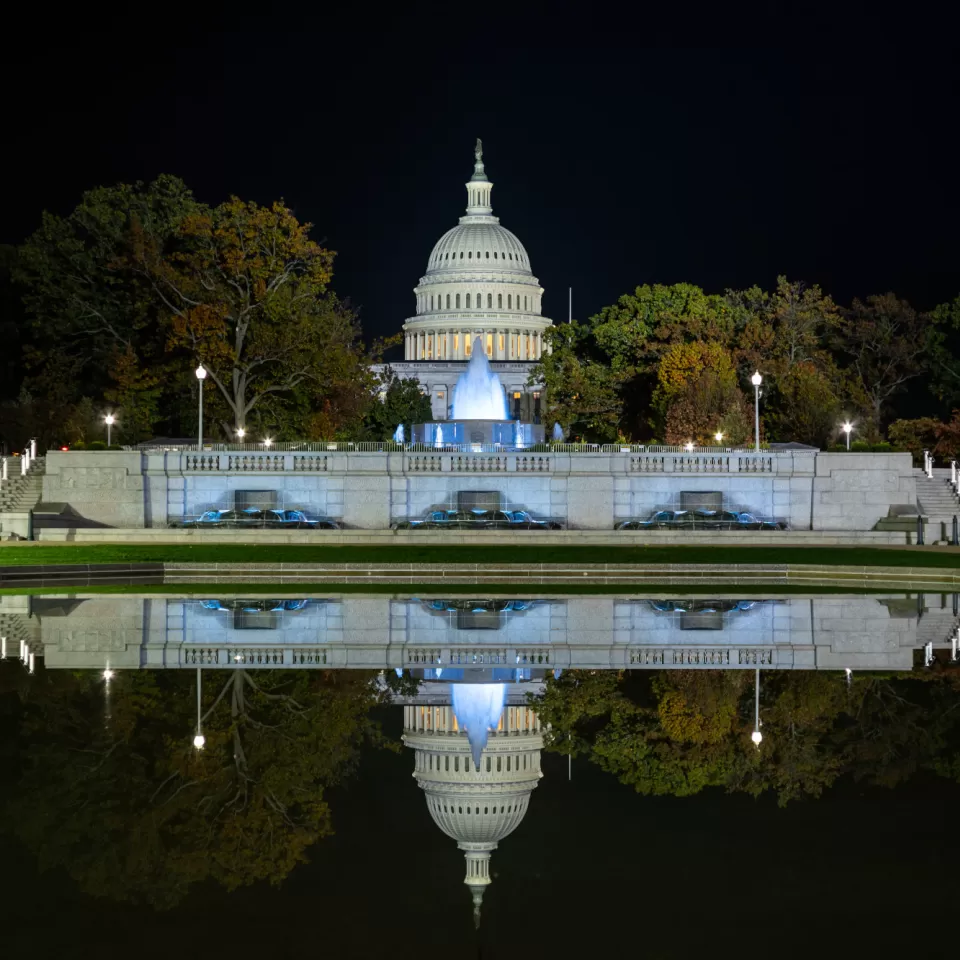Our Stories
Recent Articles
Behind the Scenes
Hanami on the Hill: Cherry Blossom Season on U.S. Capitol Grounds
Nestled on the grounds of the U.S. Capitol, these trees stand as a symbol of renewal and spring. A few of the oldest recently received some unique preservation care.
Behind the Scenes
Picture Perfect: Capturing Iconic Images of the U.S. Capitol Grounds
See the Capitol campus through the eyes of an AOC Photographer.
Behind the Scenes
Photography and Technical Imaging Branch Marks 75th Anniversary
Recent historical research has confirmed that the Architect of the Capitol is home to the first federal government photography office, what is today called the AOC Photography and Technical Imaging Branch.
Behind the Scenes
Meet the Team: Photography and Technical Imaging Branch
The Photography and Technical Imaging Branch (PTIB) is responsible for the documentation of the historical buildings and grounds under the care of the Architect of the Capitol (AOC) and capturing the historic events within those spaces.














Add new comment